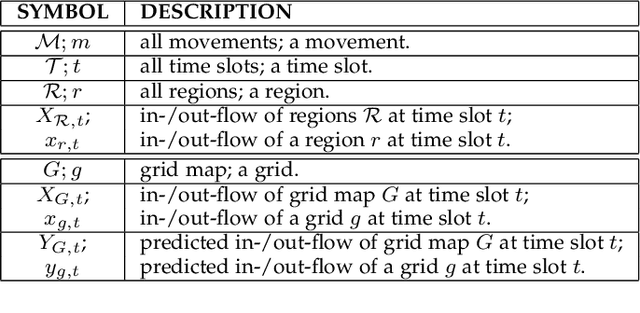Modeling Spatial Nonstationarity via Deformable Convolutions for Deep Traffic Flow Prediction
Paper and Code
Jan 08, 2021



Deep neural networks are being increasingly used for short-term traffic flow prediction. Existing convolution-based approaches typically partition an underlying territory into grid-like spatial units, and employ standard convolutions to learn spatial dependence among the units. However, standard convolutions with fixed geometric structures cannot fully model the nonstationary characteristics of local traffic flows. To overcome the deficiency, we introduce deformable convolution that augments the spatial sampling locations with additional offsets, to enhance the modeling capability of spatial nonstationarity. On this basis, we design a deep deformable convolutional residual network, namely DeFlow-Net, that can effectively model global spatial dependence, local spatial nonstationarity, and temporal periodicity of traffic flows. Furthermore, to fit better with convolutions, we suggest to first aggregate traffic flows according to pre-conceived regions of interest, then dispose to sequentially organized raster images for network input. Extensive experiments on real-world traffic flows demonstrate that DeFlow-Net outperforms existing solutions using standard convolutions, and spatial partition by pre-conceived regions further enhances the performance. Finally, we demonstrate the advantage of DeFlow-Net in maintaining spatial autocorrelation, and reveal the impacts of partition shapes and scales on deep traffic flow prediction.
 Add to Chrome
Add to Chrome Add to Firefox
Add to Firefox Add to Edge
Add to Edge